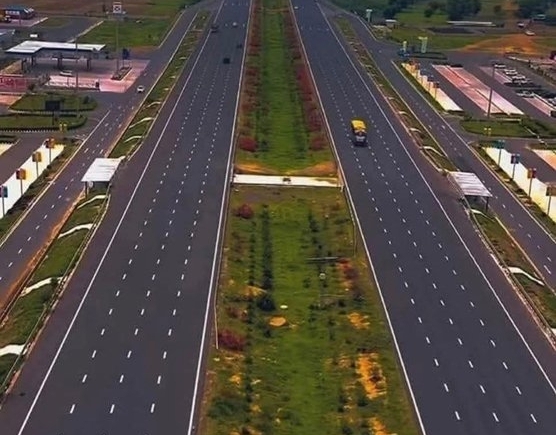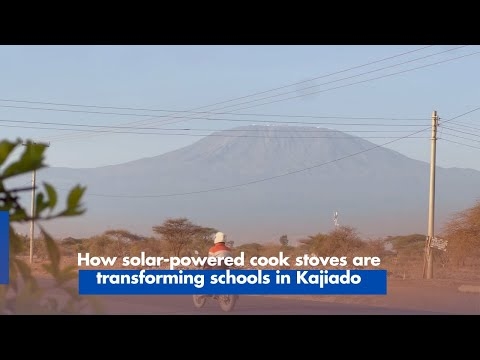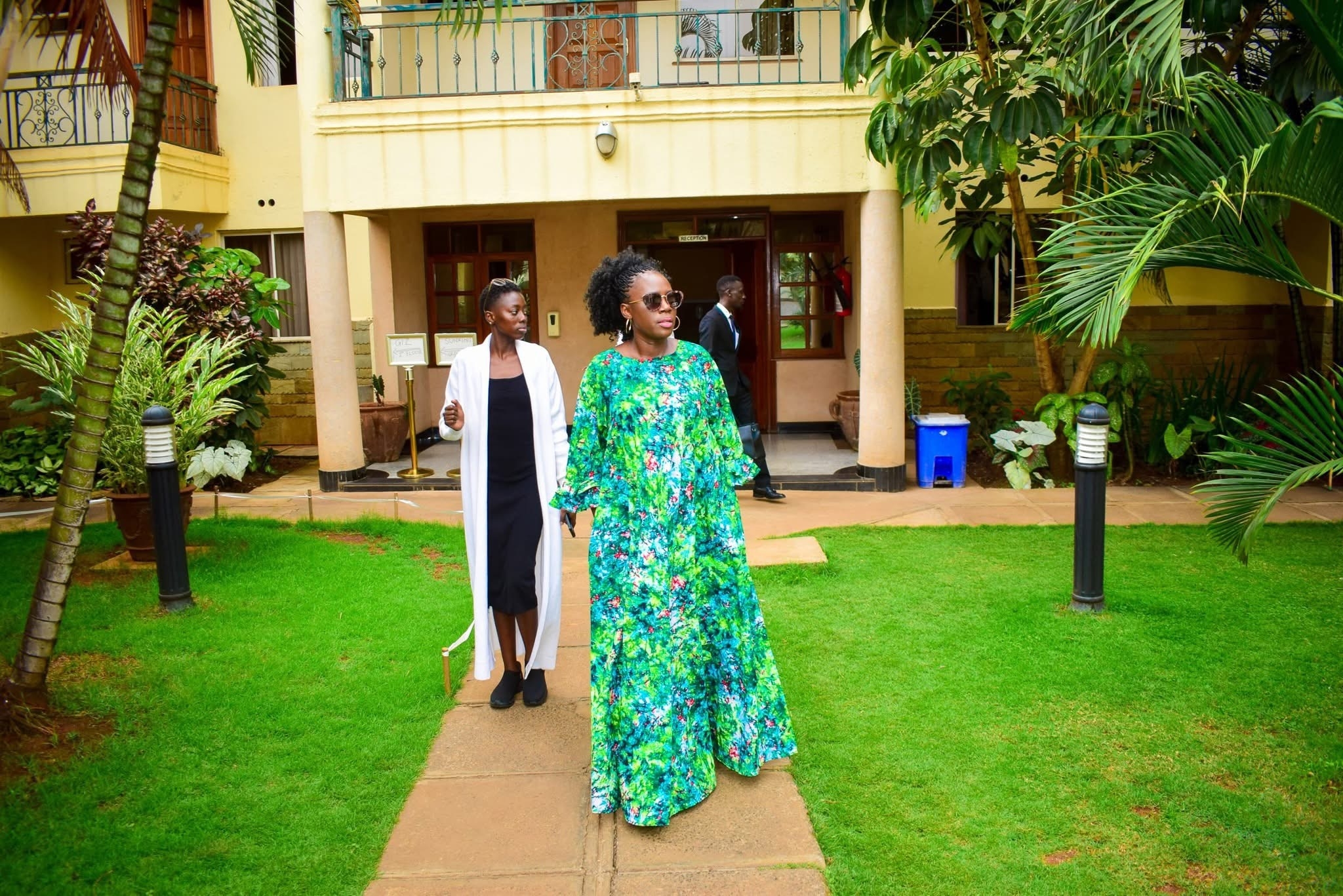The Wildlife Training and Research Institute will employ a combination of aerial surveys, ground counts and camera trapping in the ongoing national wildlife census.
The research institute has introduced a new technology, ‘Earth-ranger’, to enhance patrols and offer real-time monitoring during the exercise lasting one year.
WTRI kicked off the census exercise in the Amboseli-Magadi ecosystem, the second one of its kind in the country’s history.
Institute’s deputy director for research Dr David Ndereeh said the census aims to provide accurate data on wildlife populations, distribution and the health of the ecosystem.
“The Institute will employ a new platform, the Earth-ranger, which seeks to enhance patrols and offer real -time monitoring during the exercise,” he said.
Ndeereh said understanding the distribution and movement patterns of wildlife would aid in better habitat management.
“A team of WRTI researchers, data analysts and pilots will work together to ensure comprehensive coverage of the Amboseli and Magadi regions,” he said.
“Advanced technologies such as GPS tracking and drone imaging will also be utilised to enhance data accuracy.”
According to the Institute Director Dr Patrick Omondi, the census was a result of meticulous planning, extensive research and collaboration with stakeholders.
“The institute has developed rigorous scientific methodologies to conduct the wildlife census and this ensures that we gather reliable data on wildlife populations, their distribution and their habitats,” Omondi said.
He identified human-wildlife coexistence as an emerging issue that had seen migration corridors closed and pasture land reduced.
Omondi said that as human populations expanded and encroached on wildlife habitats, conflicts between humans and wildlife had intensified across the country.
Speaking in Naivasha, he said that the institute would continue to engage local communities in conservation efforts while recognising their role as stewards of the land and wildlife.
On the census, Omondi said that gathering accurate data on wildlife distribution would enable the institute develop more effective measures to address the conflicts.
He said WRTI had developed rigorous scientific methodologies to conduct the census, adding that these would ensure they gather reliable data on wildlife populations.
“By employing advanced technologies such as satellite imagery, GPS tracking and drone surveys, we aim to achieve a level of precision and detail that is unprecedented,” Omondi said.












